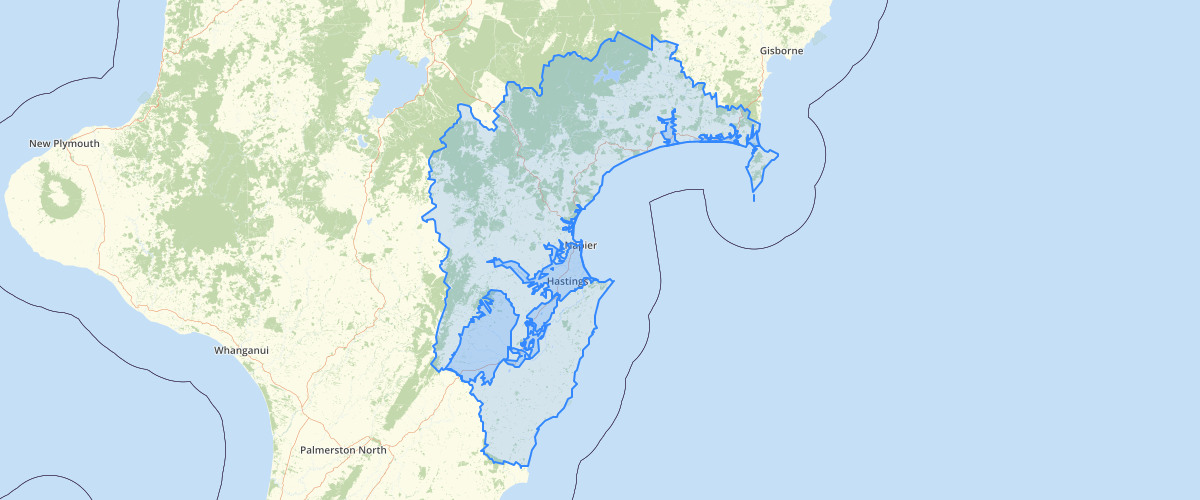Hawkes Bay LAWA Groundwater Quality Zone Reference Data - Hawkes Bay Regional Council
Request AccessAn aquifer fills with water from rain or melted snow that drains into the ground. In some areas, the water passes through the soil on top of the aquifer; in others, it enters through joints and cracks in rocks. The water moves downward until it meets less permeable rock. Aquifers act as reservoirs for groundwater. Water from aquifers sometimes flows out in springs. Wells drilled into aquifers provide water for drinking, agriculture, and industrial uses. Aquifers can dry up when people drain them faster than nature can refill them. Because aquifers fill with water that drains from the surface of the Earth, they can be contaminated by any chemical or toxic substance found on the surface. There are two types of aquifers. An unconfined aquifer is covered by permeable rock and can receive water from the surface. The water table of an unconfined aquifer rises or falls depending on the amount of water entering and leaving the aquifer. It is only partly filled with water. In contrast, a confined aquifer lies between two layers of less permeable rocks and is filled with water. Water trickles down through cracks in the upper layer of less permeable rock, a nearby water source, such as an underground river or lake, or a nearby unconfined aquifer.

Metadata
| Date | January 29, 2020 |
| License | No License Provided |
Sample Properties
- {} 6 keys▶
- "HawkesBay GW"
- "HawkesBay"
- ""
- 14191534679.46582
- 941743.8394365287
- 25
